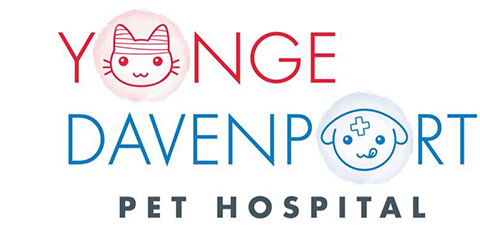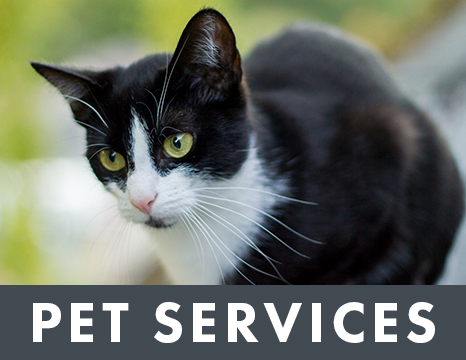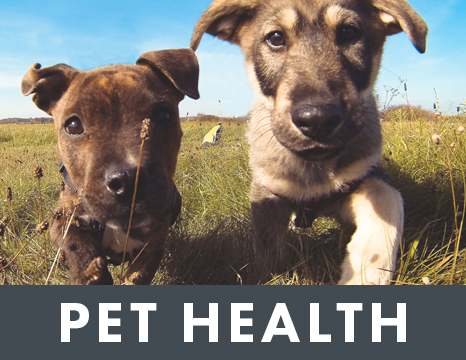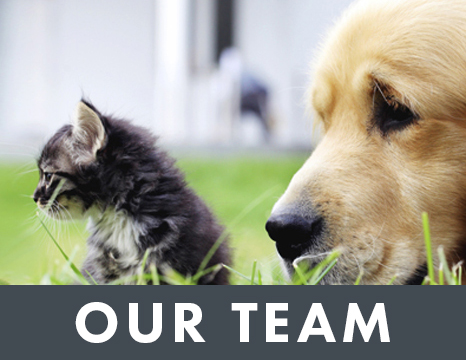Library
-
Most cats settle into a new home fairly easily. They crave familiarity, so it is best to bring along many familiar objects, such as litter boxes and favored furniture. Cats must be initially secured to prevent their escape, as they may attempt to return to a prior home and could be lost or injured along the way. It is best to introduce your cat to your new home gradually and with supervision.
-
Most dogs seem to take moving in stride, if they are with are with their familiar social group. Try to anticipate changes in the dog’s routine and introduce the changes prior to the move. Familiarize your dog with any novel noises that might be associated with the new home. If there will be new pets or people in the new home, arrange introductions ahead of time in a neutral location. When you arrive at your new home, give your dog plenty of time to adjust before trying to leave him alone.
-
In an emergency situation, a dog that can easily wear a muzzle can be easily and safely handled. Dogs may show aggressive behavior when frightened or in pain and having a muzzle ensures that no one will be injured and that your dog will be able to be taken to the hospital. Muzzles can also be helpful as part of treatment for behavioral conditions such as fear-based aggression.
-
Mynah birds are best known for their ability to talk and mimic sounds. They are lively, social birds and have wonderfully outgoing personalities. A young, hand-raised mynah will be easier to tame and train compared to a wild, colony, or parent-raised bird. As with all pets, mynah birds require regular, routine veterinary checkups.
-
Although some dogs like to run free more than others, all dogs need to be trained so they will respond when they are off leash. Dogs instinctively want to explore new sights, sounds, and smells so it's important to teach them to return to home base. Start by teaching your dog basic verbal commands without the tug of a leash at home. When your dog becomes proficient close to home or in confined areas, you can both venture out further or add more distractions. Incorporating off-leash training into ordinary daily activities reinforces the learning. Your dog's response may be enhanced if he receives a reward for his prompt attention. The reward can be as simple as a “Good dog!” accompanied by a pat on the head, a treat, or toy. Be careful not to create a dependency on treats as motivation for good behavior.
-
Ferrets are generally good-natured, inquisitive, playful animals that enjoy the company of humans. They can make great pets! This handout provides some basic facts about ferrets and what you need to know about keeping one as a pet.
-
The domestic pigeon includes over 300 breeds, all descending from the rock dove. They originated in Eurasia, but are now found all over the world. They are generally hardy birds that are easy to tame and care for. As with any pet, pigeons and doves need regular, routine, veterinary health checkups.
-
Some cats do not seem to know their strength and do not recognize that they are causing pain to their play partners. Accidental bites and scratches can be painful and cause infection, so it is important to find ways to play safely. With training, you may be able to use a verbal cue to redirect your cat if he becomes overly aroused during play.
-
Mouthing, nipping, and biting are used by all puppies during social play with their littermates. Once they leave their littermates, you can easily teach them a new set of games that are appropriate for social play with people. It is important to provide puppies with outlets for appropriate play from the start. Puppies should never be punished for playing with their teeth, as it can cause them to become permanently fearful of people.
-
Guarding desired items can be a normal behavior in dogs, but when it escalates, the safety of both people and animals is compromised. Exercises to prevent and reverse guarding behavior can be beneficial to any dog. Professional guidance is needed for any dog who repeatedly conflicts with people or pets because of guarding behavior.





